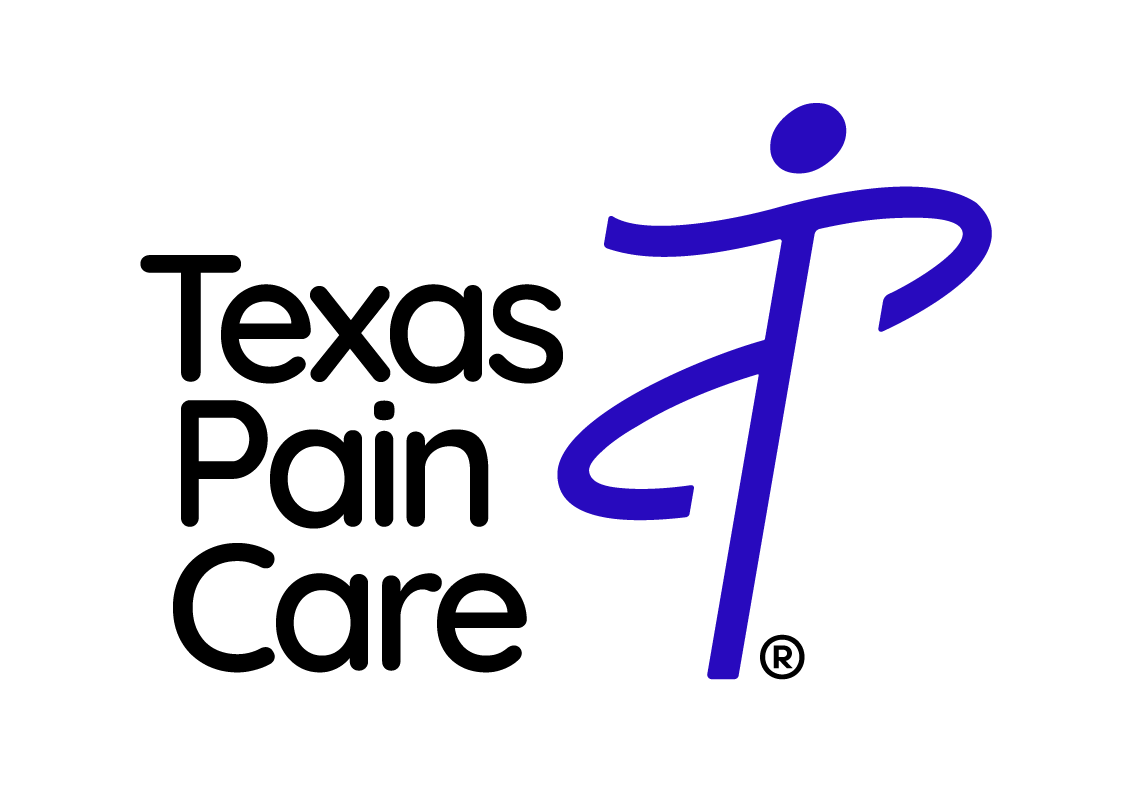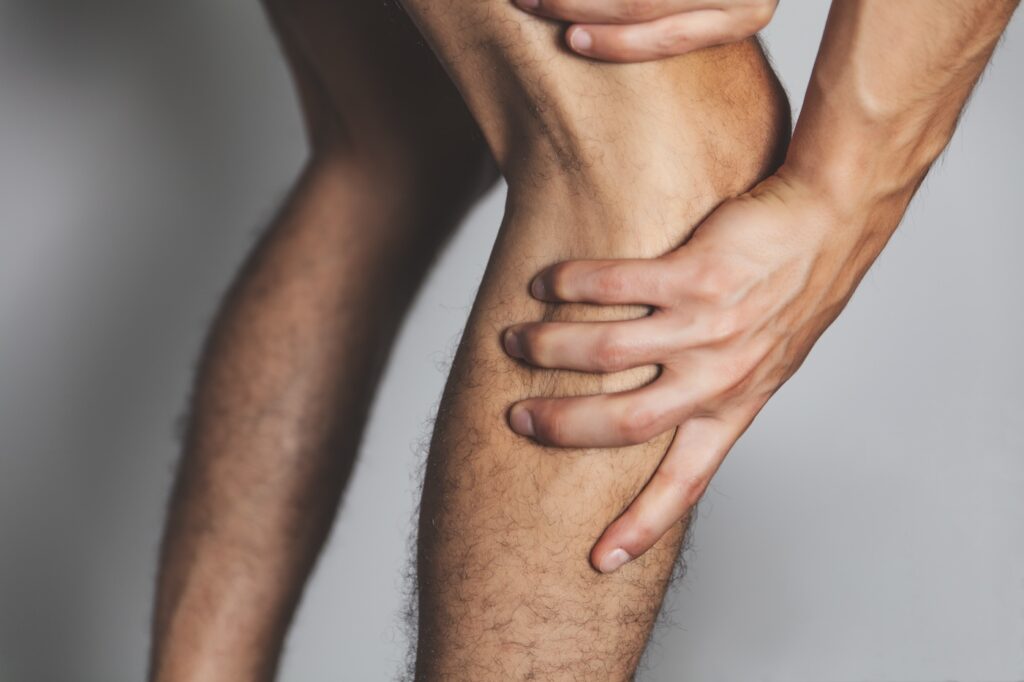
Low back pain and neck pain can be debilitating and can substantially decrease quality of life. For those who are suffering from chronic pain due to an injury or trauma, or those who are experiencing pain exacerbated by age and lifestyle, Medial Branch Blocks for Back Pain could provide needed relief.





